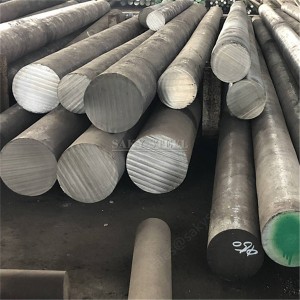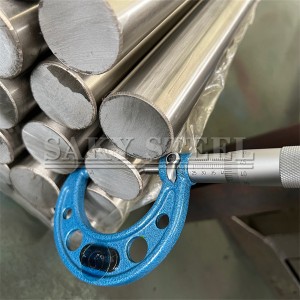The surface treatment requirements for stainless steel round rods can vary depending on the specific application and desired outcomes. Here are some common surface treatment methods and considerations for stainless steel round rods:
Passivation: Passivation is a common surface treatment for stainless steel rods. It involves the use of an acid solution to remove impurities and create a passive oxide layer on the surface, enhancing the corrosion resistance of the material.
Pickling: Pickling is a process that uses acid solutions to remove surface contaminants and oxide layers from stainless steel rods. It helps restore the surface finish and prepares the rods for subsequent treatments or applications.
Electropolishing: Electropolishing is an electrochemical process that removes a thin layer of material from the surface of stainless steel rods. It improves the surface finish, removes burrs or imperfections, and enhances corrosion resistance.
Grinding and Polishing: Grinding and polishing processes can be used to achieve a smooth and aesthetically pleasing surface finish on stainless steel round rods. Mechanical abrasion or polishing compounds are applied to remove surface irregularities and create a desired surface texture.
Coating: Stainless steel round rods can be coated with various materials for specific purposes, such as improving corrosion resistance, providing lubrication, or adding aesthetic appeal. Common coating methods include electroplating, powder coating, or organic coat ings.
Surface Etching: Surface etching is a technique that selectively removes material from the surface of stainless steel rods to create patterns, logos, or text. It can be achieved through chemical etching processes or laser engraving.
Post time: May-23-2023

